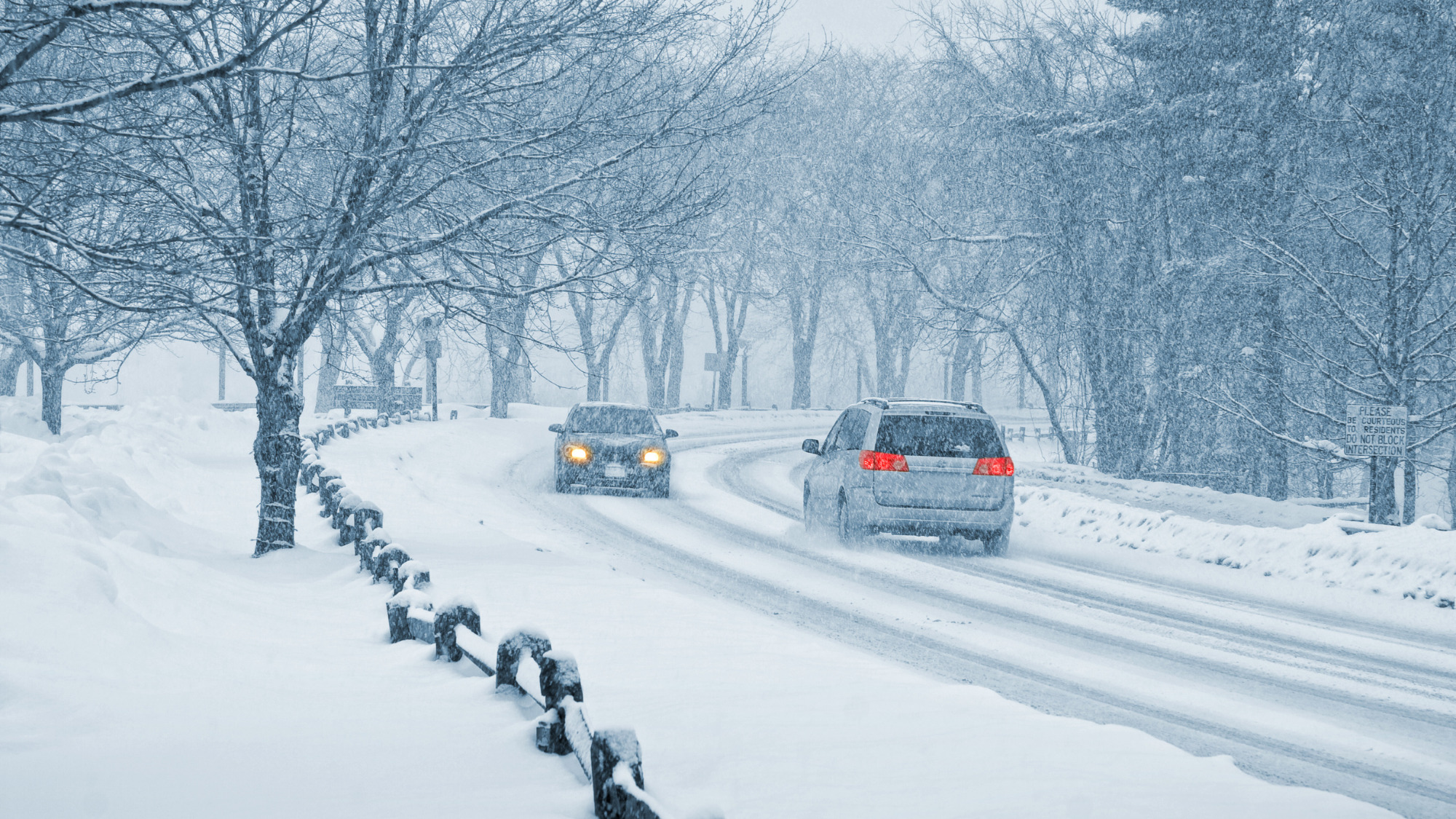Ultimate Guide: Driving in the Snow in Canada

Driving in the snow, especially on the icy roads in Canada, can be a daunting task. Here, the elements are unpredictable. As Canadians, we are conditioned to be able to drive in extreme weather conditions, but regardless, pile-ups and wrecks follow wherever the snow and ice go. That's why the most crucial part of driving in the snow is being prepared:
5 Quick Tips to Prepare for Driving in the Snow
Survive Canada's Extreme Winter Road Conditions
There is no telling what you will encounter while driving in Canada during what we refer to as Winter Tire Change Over Season. Everyday brings with it new experiences. Again, the best thing you can do for yourself and your family is prepare for everything and anything. The utmost important thing about your travels is getting to your destination safe and sound. The worst thing you can do is panic and lose your cool. Surviving Canadian winter road conditions requires all drivers to be attentive at the wheel.
Following this step-by-step guide on how to drive through the snow-filled streets will get you ready for another long Canadian winter:
-
Clear Snow & Ice Off Your Vehicle
When planning on driving when it’s windy, freezing, or snowing, you should always make sure your vehicle is cleared of any snow or ice. Snow and ice stuck on your vehicle is a danger to both yourself, giving you low visibility, and others on the road, having both snow and ice fly off in the air towards them.
-
Make Sure Your Vehicle is Prepared for the Weather
Winter tires, a snow scraper, cleared windows and mirrors, and a full tank of fuel is what your vehicle should be equipped with before you head off on the roads.
-
Drive With Caution
The key to being safe out on the roads is being smooth when steering, accelerating, and braking. Quick movements can easily loosen your tires' traction. The best way to think about this is to pretend you are driving with a very hot cup of coffee in your lap, and the goal is to not spill it. Patience is key.
-
Be Aware & Keep Safe Distances
The worse the conditions, the more you should pay attention. Anticipating your next move is a good way to start. All your concentration should be placed onto the road ahead of you. Feeling out the road and assessing your traction is what you should be doing at all times.
-
See & Be Seen While Driving in the Snow
The best way to avoid accidents and mishaps is to ensure that everyone out on the roads is aware of your presence, that they know you are near them. This goes hand-in-hand with being aware of others as well. Keeping your lights on and eyes peeled gives you that extra level of safety.
-
No Cruise Control
One of the most dangerous things you can do while driving in the winter is use cruise control. You need to have full control of your vehicle at all times on the road to maneuver around any obstacles. Cruise control also does not assist the traction of your car, it does not understand the elements surrounding it like you do.
-
Controlling Skids
Eventually, whether one likes it or not, you will experience skids on the road. That terrible feeling in the pit of your stomach will always be there, but you might feel it a little less when you know what you should be doing. All skids can be managed.
Don’t slam on the brakes!
- When your front tires lose grip, and your turn goes out wider than you thought, edge off the gas - your tires should regain traction quickly.
- When your rear tires lose grip, and you feel the car about to spin out, turn the wheel in the same direction your vehicle is sliding in, again, edge off the gas and don't press the brakes - your tires should regain traction quickly.
-
Drive With Confidence
The best thing you can do for yourself when driving in the snow is stay relaxed. Adding unnecessary stress is something no one needs, especially during long, bitter winter months!
The bottom line is that you should never underestimate Canadian weather. Reading the roads is a necessity as a Canadian driver. Driving in the snow for the first time will be scary without a doubt, but being proactive is a large step in the right direction. LubeVan can help you prepare your car for winter with a seasonal tire change at home, or at the office.

